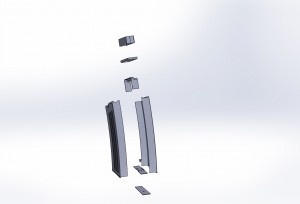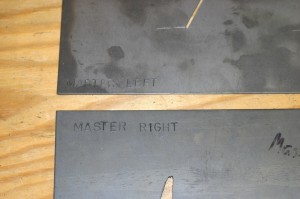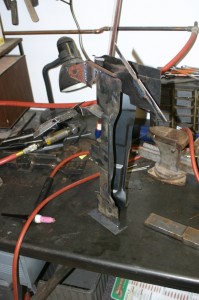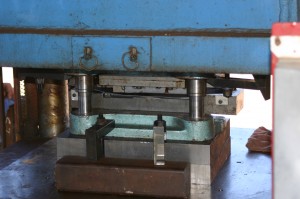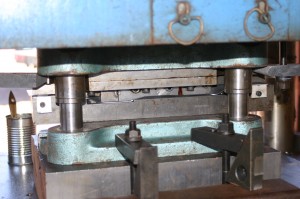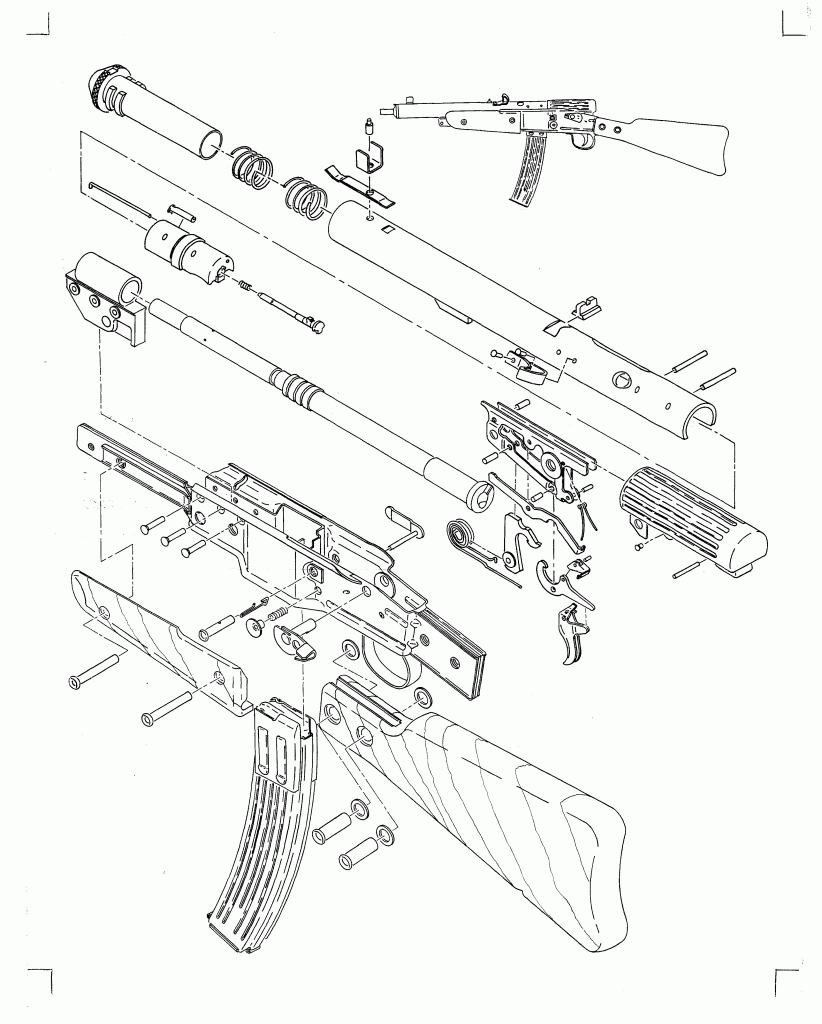Introduction
Now that you have following along with this build I guess it is time to introduce myself. By now you know my name is Charles, however after someone meets me they generally just call me Chuck. So, on this site just call me Chuck.
I have three passions in my life. The first is my wife of 33 years. Generally if you see a picture of me it was taken by her. She feels that there should be a human touch on this site and not just gun pictures. Not only is she my wife, she is my best friend, and travel companion. During my trips to study small arms she will spend a great deal of time copying information for me, which allows more time for me to do research and take pictures.
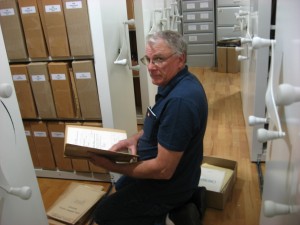
The second is small arms. My earliest memories are of guns. While living in Europe as a child I can remember trading cigarettes for old guns and then getting in trouble for it. I bought my first gun when I was 14 after I moved to the states. I have been studying and collecting them ever since. I enjoy all types of small arms. From cheap single shot pistols to the most expensive double guns and machine guns. Not only do I study them, I enjoy doing everything related to guns; from buying parts for weapons that I will never own to buying books on them. My library is about 3,500 books and magazines, a number of them in languages that I will never be able to read. I have had the opportunity to meet some of the greatest gun designers and collectors and have enjoyed the experience. A few of them I consider my closest friends. When the finances allow it, my wife and I travel the world to photograph and study weapons. I do not go anywhere without my measuring tools and camera, and if allowed, will take hundreds of pictures of a single weapon.
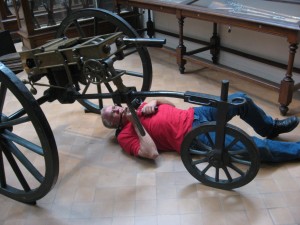

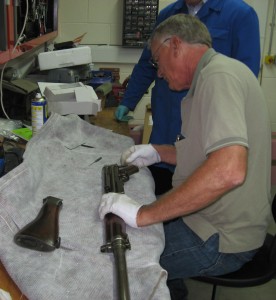
My third passion is machining. I have loved working with wood and metal all of my life. I bought my first tool when I was not even a teenager and have been buying them ever since. I have what I would call a nice advanced home shop where I play every chance I get. In the future we will take a tour through it and chat about each of the major items and what they are used for. With that being said, I do not know everything about machining. I consider myself to be an advanced amateur and I try to learn something new every day. In addition to just buying machines, I also build or modify a number of them. Expect to see that on this site as well. So everything is not just guns but also the equipment necessary to make them. A number of articles will deal with the fixtures and tooling necessary to build a weapon. With the advent of the CNC machinery that my shop has up-graded to, we will also cover manual machining, forging, casting of non-ferrous material and welding.

Now for the rest of the story; I own two businesses and generally work 12 to 14 hours a day. I will attempt to post at least two to three times a week as the builds go along. English is not my strong point, so if your comments are to bang me on that, just don’t. Also, with all the photographs I take, you would think that I would have improved over the years. I have not. Thank God for digital cameras because they allow me to take enough pictures that something will eventually turn out okay.
This site is going to deal with the design and manufacturing of small arms. I have a weapon manufacturing license and a SOT license. What this means is that I can build and register any weapon except a destructive device. There a number of projects in the works and I generally work on 3 to 4 at a time. We will be covering these projects from concept through the final product. The modeling program that is used in my shop is ‘Solid Works’ and the cam program is ‘Master Cam’. Everything will be discussed from the good designs to the real mess-ups that I can do on occasion. A number of the projects have a quite a few revisions to get to a part that will work. During a project I will attempt to post a link to where I obtained the equipment, or material, thus making it a little easier for you as well.
This site will be picture, and eventually, video heavy. It is just a lot easier to explain something that way then with just words.
I hope you enjoy the projects and I will attempt to answer any questions that I can. There are a few things not to do. Do not ask me for engineered drawings. Most of the items that will be built here have no drawings and I have spent years reverse engineering them. Also, I will not post engineered drawings on this site because it is a worldwide site and some countries do not allow their citizens to have access to that kind of information. I do not sell partial builds, everything I make is to completion. It has to be heat treated and proofed to verify safety.
I have known Ian from Forgotten Weapons for years and was part of the starting process to get Forgotten Weapons up and going. It is Ian’s site and he has done a great job with it. Ian will be helping me with this site as well.
I hope you will enjoy this site and learn something from it. Please feel free to comment and ask questions. If anyone knows of a manufacturer that would not mind being interviewed, please let me know.
Chuck









